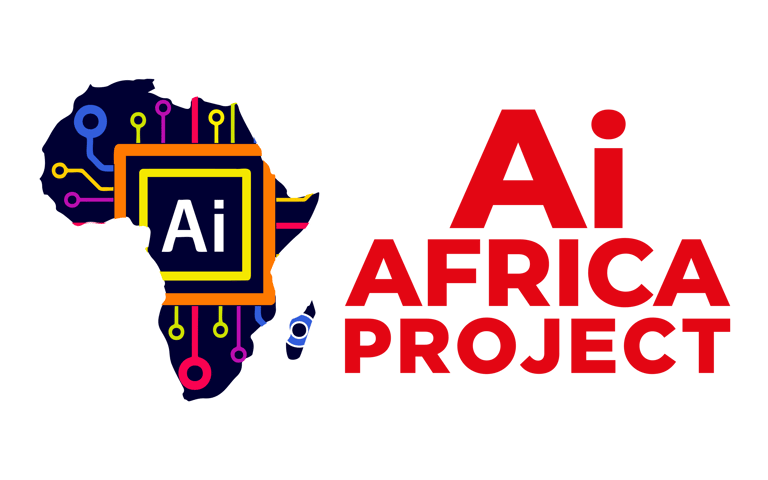Research Case 5: Fisheries & Aquaculture


1. Sector Description
Fisheries and aquaculture are vital to Africa’s food security, rural livelihoods, and export revenue. The sector provides direct employment to over 12 million people and contributes to the diets of more than 200 million Africans (WorldFish, 2022). However, challenges such as illegal, unreported, and unregulated (IUU) fishing, poor stock management, disease outbreaks in aquaculture, and post-harvest losses continue to threaten sustainability and profitability.
2. Countries with Significant Resources
Marine Fisheries: Senegal, Morocco, Ghana, Angola, Mozambique, Namibia.
Inland Fisheries (lakes and rivers): Malawi (Lake Malawi), Uganda (Lake Victoria), DR Congo, Tanzania, Zambia.
Aquaculture Hubs: Egypt (Africa’s largest aquaculture producer), Nigeria, Ghana, Kenya, Côte d’Ivoire.
3. AiAfrica Research Focus and AI Applications
The AiAfrica Research Lab for Fisheries & Aquaculture is using AI to address ecological, operational, and market inefficiencies. Its projects focus on:
AI-enabled Fish Stock Monitoring using satellite imagery, sonar data, and computer vision to map fish populations and assess sustainability in key water bodies.
Aquaculture Disease Prediction Models trained on environmental and biometric data to forecast outbreaks of tilapia lake virus, Streptococcus, and other pathogens.
AI Logistics and Cold Chain Optimization for fish storage, packaging, and transportation to reduce spoilage and extend shelf life.
AI-Powered Traceability Tools that link catch data with blockchain records to comply with export regulations, especially in the EU and Asia.
The lab is collaborating with artisanal fishing communities in Ghana, aquaculture firms in Egypt and Nigeria, and inland fisheries cooperatives in Malawi and Uganda.
4. Proof of Value and Potential Impact
In Ghana, AI-based catch prediction systems reduced unproductive fishing trips by 35%, saving fuel and time for over 120 fishing boats in Elmina and Ada.
In Egypt, machine learning–driven water quality monitoring helped aquaculture operators reduce fish mortality by 23% across 20 farms.
A cold chain logistics project in Uganda powered by AI route planning reduced fish spoilage during transport from Lake Victoria to Kampala markets by 31%.
In Senegal, a pilot AI and blockchain traceability system enabled fishers to meet EU import standards, increasing per-kilo earnings by 18%.
5. Eligibility to Join the Research Lab
To be accepted into the Fisheries & Aquaculture Research Lab, candidates must:
Be certified through the AiAfrica training program in fields such as Marine AI Systems, Environmental Data Science, or Supply Chain AI.
Show a background or research interest in aquaculture, fishery science, marine conservation, or blue economy logistics.
Contribute to field validation, AI model development, or policy-relevant publications in areas such as sustainable stock management, fish disease forecasting, or cold chain optimization.
Join our Team : https://chat.whatsapp.com/BDCozak2iDLDpRgMndsRT6
Fisheries Development
Enhancing sustainability in Africa's fisheries and aquaculture sectors.


Sustainable Practices
Addressing challenges in fisheries and aquaculture sustainability.


Resource Management
Improving stock management and reducing post-harvest losses.




Aquaculture Solutions
Combating disease outbreaks in aquaculture for better yields.
Employment Growth
Creating jobs and supporting rural livelihoods through fisheries.
Empowerment
Training youth and women for digital leadership.
CALL / WHATSAPP LINE
+233 559 853 572
© 2025. All rights reserved.
Conclusion: A $6 Trillion Opportunity Powered by AI
A 2023 analysis by the African Development Bank projects that full value chain development across Africa’s natural resource sectors could unlock over $6 trillion in cumulative economic value by 2040. AI will be instrumental in capturing this value through enhanced productivity, precision forecasting, climate resilience, and knowledge transfer.
The AiAfrica Project provides a unique opportunity to position African researchers and innovators at the forefront of this revolution. By establishing dedicated research labs, training centers, and AI deployment strategies across the 50 sectors, Africa can not only leverage its natural wealth but also secure its rightful place in the Fourth and Fifth Industrial Revolutions.
